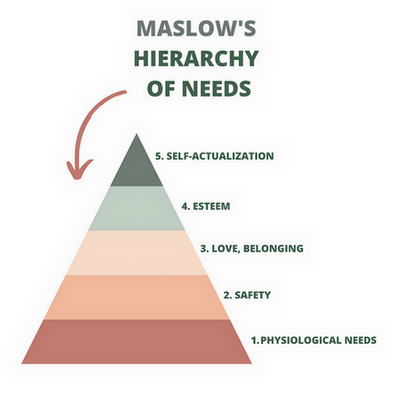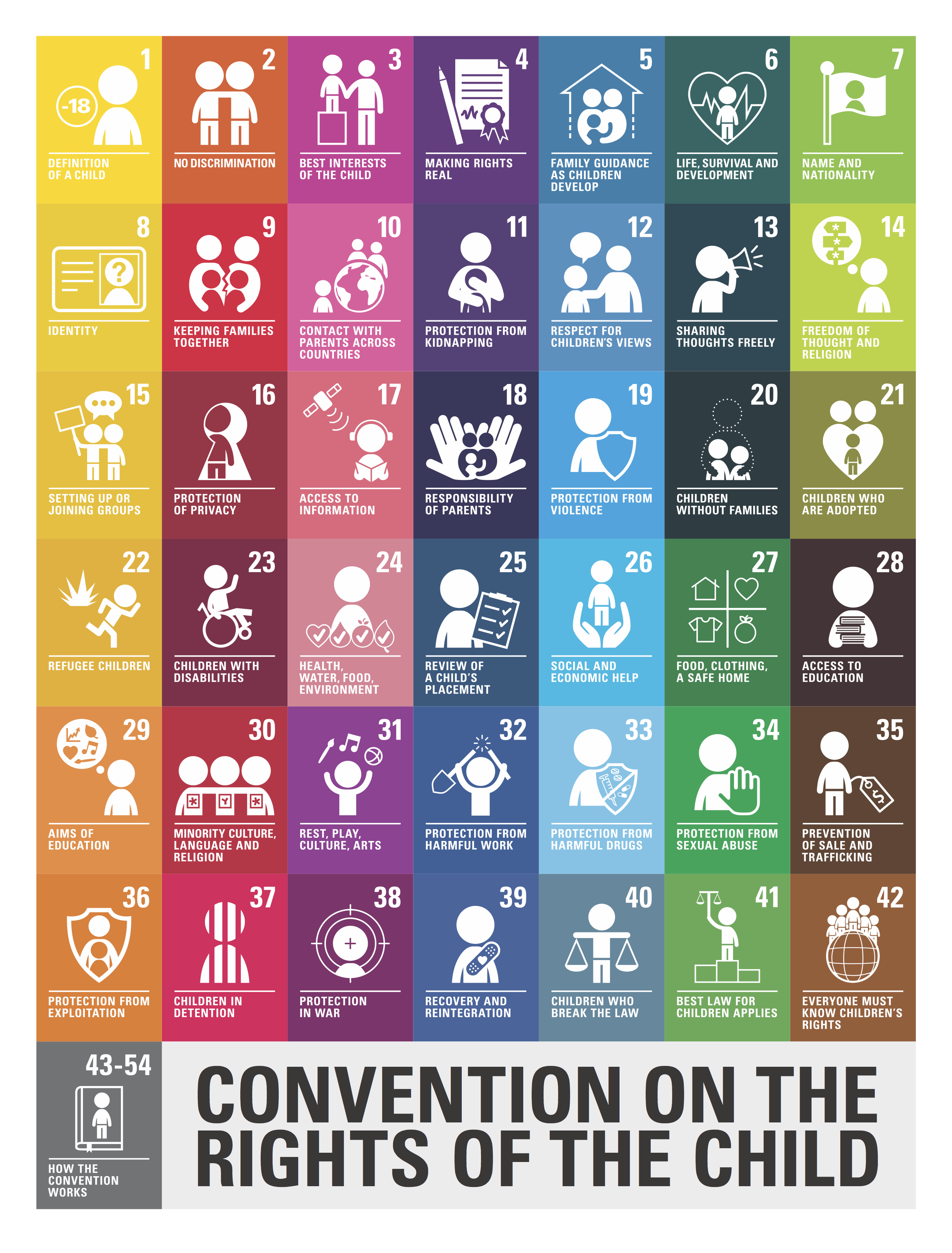Comprehensively Serving the Whole Child (Part One)
A simplified definition for the term “human rights” could be “basic needs and freedoms.” Basic needs would include food, drinkable water and shelter. Going a bit beyond those most basic needs, we may include things like freedom from violence, basic education and basic healthcare. When discussing the rights of children, though, many of us would agree that kids truly need and deserve much more to grow and develop—things play, freedom of thought and expression, socialization with peers and healthy attachment with safe adults.
At Micah, we often say there’s not a “magic formula” to help a kid leave the streets and work toward healing. However, for this series, it’s helpful for us to recognize a pretty common first step, illustrated in something known as “Maslow’s Hierarchy of Needs.”
Maslow's hierarchy of needs is a motivational theory in psychology involving a five-tier model of human needs—depicted most often as hierarchical levels within a pyramid shape. According to psychologist Abraham Maslow, needs lower down on the pyramid are the most basic and must be met before an individual can focus on needs higher up in the model. Starting at the bottom of the hierarchy and going upward, the needs are the following: physiological needs, safety needs, love and belonging needs, esteem needs, and self-actualization.

Maslow’s five-stage model can be divided into two sections: The first four levels are often labeled “deficiency needs,” and the fifth level is referred to as “growth needs.” Deficiency needs arise due to deprivation. Think “poverty, inequality, danger.” Maslow claimed that these deficiency needs motivate people to do something to have them met. Now, when he first created his hierarchy of needs in the 1940’s, Maslow believed that individuals must always satisfy those deficiency needs before progressing on to growth at a higher level. We at Micah certainly know that’s not true: Our friends who remain on the streets are capable of growing spiritually, emotionally and in maturity, and Micah boys who have just left the streets and are working through deficiency needs and growth needs don’t always do so down-to-up. Healing and growth don’t always work on a straight-line trajectory; rather they are part of a journey with lots of ups and downs. We also see God’s hand at work both on the streets and in the Micah House, seemingly against all odds and outside of the range of human understanding. Maslow eventually figured this out as well and clarified that the satisfaction of needs is truly a journey—a process—confessing that his earlier statements may have provided “the false impression that a need be satisfied 100% before the next need emerges.” Nevertheless, when a deficiency need is met, a person will naturally go on to satisfy the next set of needs, growing and developing toward what Maslow called “self-actualization.” Once a person has the capability to think past their next meal or their next shower, they have the freedom to engage with a desire to grow as a person. This is true in our work with street-connected youth. While we love seeing God’s miraculous work in a person’s spirit even as they continue to struggle on the streets, growth is typically more likely to happen in a safe environment—for example when a former “street kid” is safely under Micah’s roof having his basic needs met.
Maslow believed that every person is capable of and has the desire to grow, but a person’s progress is often disrupted when their lower-level needs are not met. Again, consider a child on the streets of Tegucigalpa, Honduras. He has dreams and desires, but it may be hard for him to focus on his pursuit of those things if his stomach is rumbling or if he feels incapable of imagining an escape from his difficult circumstances. In many ways, we all face these obstacles that disrupt our growth and move up and down the hierarchy accordingly. However, the uniquely vulnerable situation of street-connected people, specifically children who face daily abuse and violence, makes it more likely that they confront disruptions on a more regular basis. Again, a person’s most basic physical need is survival, and if a child is struggling to survive that will motivate their behavior before anything else.
Maybe you can see where we’re going with this: If a kid—if anyone—doesn’t have food to eat or a roof over their head, it’s awfully hard for them to heal and grow. For example, it’s hard to for a street-connected boy to give up his inclination to sniff yellow glue when it’s the only thing covering up the hunger he feels. It’s also hard for him to learn to read if he’s focused on his itchy skin because he hasn’t bathed for a week. Harder still is it for him to form healthy attachments when he hasn’t healed from the abuses he’s endured at the hands of unsafe adults.
Working our way up Maslow’s hierarchy of needs can help us better apply human rights practices to our interactions with street-connected children as we work to help them develop, grow and heal. Coupled with an understanding of trauma and the effects it has on children who’ve been on the streets, we can serve street-connected youth better and better.
Of course, educating ourselves and growing in understanding does not negate our need for prayer or the Holy Spirit’s guidance. Nor does it disqualify the existence of God’s miraculous work. Rather, this deeper understanding and respect for the unique needs and challenges of street-connected children can provide us with wisdom and help us “walk humbly with God” and “pray without ceasing” as we labor to serve children who have experienced great trauma and pain.
So, while there’s no magic formula, it’s helpful to first meet a child’s basic needs: a home free from violence, a bed, nutritious food and clean water, a safe clean place to bathe, etc.
To apply these ideas to our study of human rights philosophy in regards to caring for street-connected youth, fulfilling a child’s basic needs can easily translate into upholding a child’s basic rights. Take a look at the graphic below that illustrates the rights listed in the UN Convention on the Rights of the Child. (You can click on it to see a more detailed PDF version.) Listed are a person’s most basic needs including water, food, clothing and a safe home. Beyond these most basic of needs—these most basic of rights—you can see that upholding a child’s rights goes beyond that. From access to education to protection from violence; respect for children’s views; and rest, play, culture and arts, we can imagine a boy leaving behind the streets to not only find a safe home but also healing, joy, knowledge, love and the freedom to work toward what he wants in the future.
In our next blog, we’ll write about how the Micah Project serves to meet these most basic needs of the children we know. Then, we’ll dive into some more nuanced issues—how human rights for children might not always translate to meeting their basic needs but rather providing them the freedom to flourish, to think for themselves and work toward personal growth and self-actualization.
Sources:
- https://www.simplypsychology.org/maslow.html
- https://resourcecentre.savethechildren.net/library/united-nations-convention-rights-child-childrens-version

